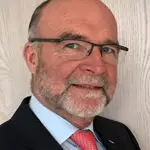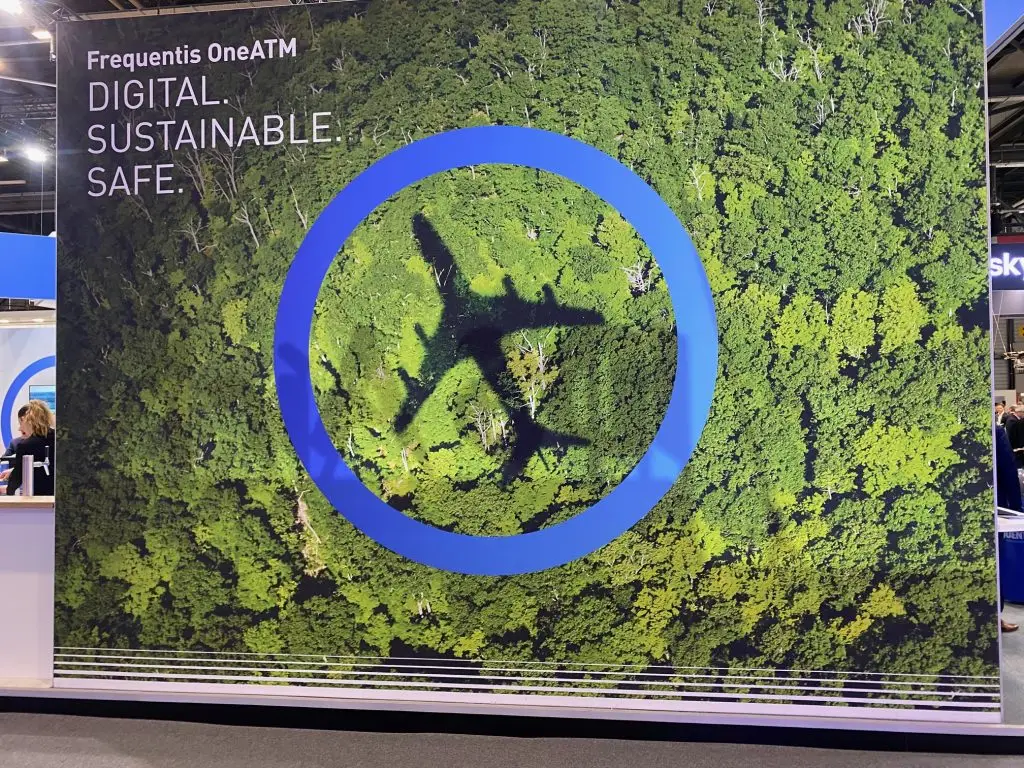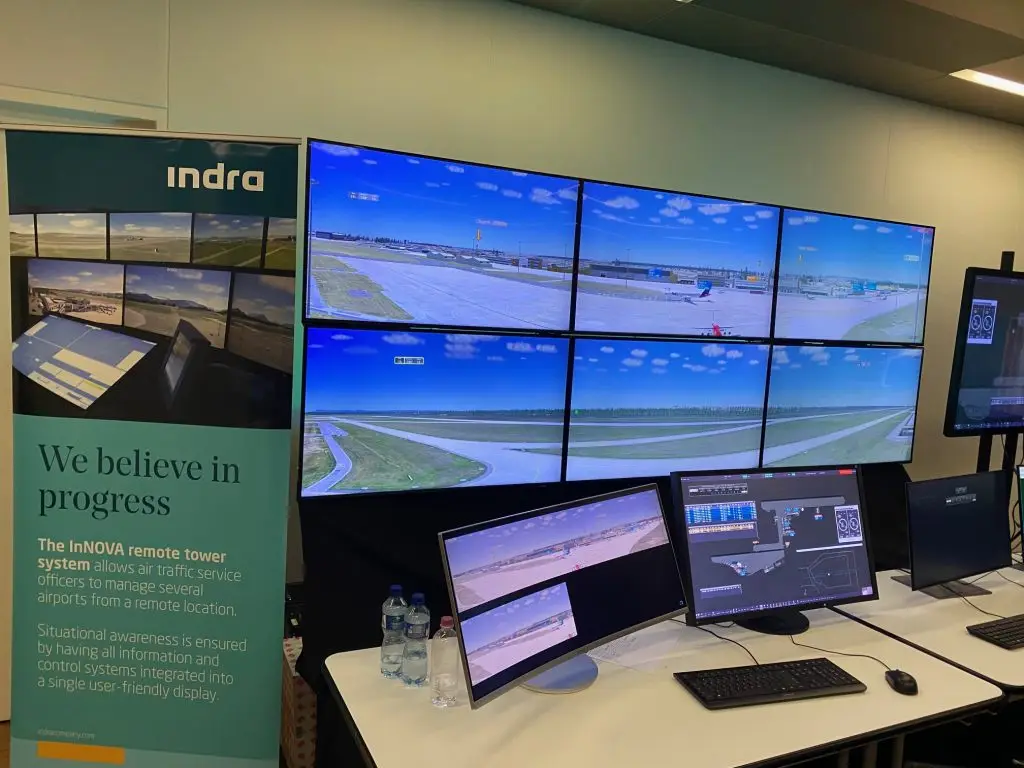
by Philippe Domogala
IFATCA Corporate Members CoordinatorFollowing last year’s World ATM Congress in Madrid, CANSO and ATCA announced they would part ways. CANSO indicated they would organise a new event, Airspace World, in Geneva, Switzerland. Other than the location, there were no major differences once inside the venue. Both the IFEMA in Madrid and the Palexpo at Geneva airport are comparable huge halls that host virtually the same exhibitors. While the attendance was also comparable, it included more professionals and fewer university students looking for an aviation career.
The main topic of this year’s edition was decarbonisation. Everything needs to be green, with remote operations (towers, sectors and/or entire centres) and drone integration (UTM) secondary points of debate and interest. Most panels and presentations were on one of these subjects. The target date everyone focuses on for being remote and green seems to be 2050.
Like last year, we met Mariagrazia La Piscopia, the Executive Director of the SESAR Deployment Manager. Asked what had changed since the previous year, she said she now defines priorities focusing on sustainability. She wants to move away from manufacturers developing technology and find out afterwards what to do with it. Instead, they would be asked to follow the identified needs and provide the technology. She mentioned the “ideal flight plan”, with aircraft and ground stations having compatible functionalities. She also mentioned SWIM and cross-border free route airspace, all heavily dependent on more cooperation between the different countries and providers. A more cooperative approach Involving all industry stakeholders should be the way forward. Marc Baumgartner, IFATCA’s SESAR Coordinator, asked if there was now a possibility that IFATCA could get involved and assist. Mariagrazia replied that as much as she would like this, the financial backers clarified that no more money should flow to external partners. She will try again but has little chance of success.
IFACA participated in a high-profile panel on the harmonisation of licenses, moderated by EASA. Other participants were the CEO of the Irish Aviation Authority, Peter Kearney, the European Defense Agency, and SESAR. To demonstrate why it takes so long to train ATCOs and why the famous “mobility”, i.e. moving controllers from A to B in another country when staff shortages occur, is not as easy as it looks, Marc used his “bag analogy”.
On remote towers, everybody around the world now seems to be moving towards this concept. It seems that it is a cost-effective option instead of building a new tower. One major European ANSP claims that they can save 50 million euros by operating from a room somewhere rather than having to erect a new tower at one of their major airports. One remote tower manufacturer said they were inundated with requests.
More manufacturers, like INDRA, are developing their remote tower systems using their hardware. These will be on the market soon. We must review our current IFATCA policy that ATCOs should not control multiple airports simultaneously. This might be difficult to sustain as every manufacturer indicated that this is a given in their concept and high on the wishlist of most ANSPs as it is the only way to justify the investment.
Integrating drones into controlled airspace is another main topic discussed and exhibited. Many companies propose their solutions as many countries still do not have real regulations. The industry is moving way faster than regulators in this respect.
One very controversial prototype showcased was that of a digital controller workstation: Digital Controller is a project of the German research institute DLR. They claim it will be a game changer in air traffic control “because a team of human and digital controllers will be energy efficient and offer optimal ATC workshare.” They plan large-scale evaluations of their concept in 2024-25, aiming at possible “autonomous digital controller operations“ at a later stage. Watch this space.
Overall, Airspace World 2023 offered a very interesting exhibition with lots of interesting presentations and lectures. Next year’s edition is planned, again in Geneva, from 20 to 22 March 2024, with a CANSO summit planned for 19 March.
[all photos by Philippe Domogala]









